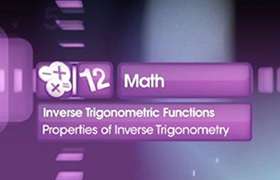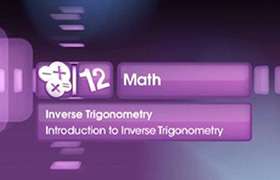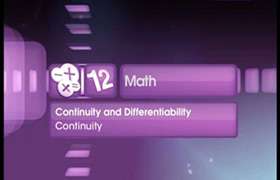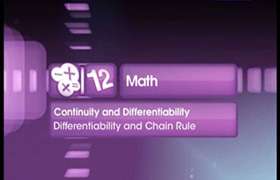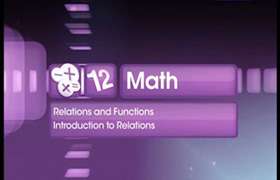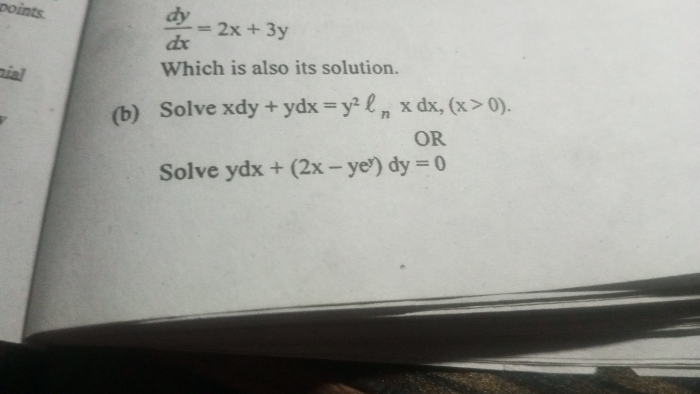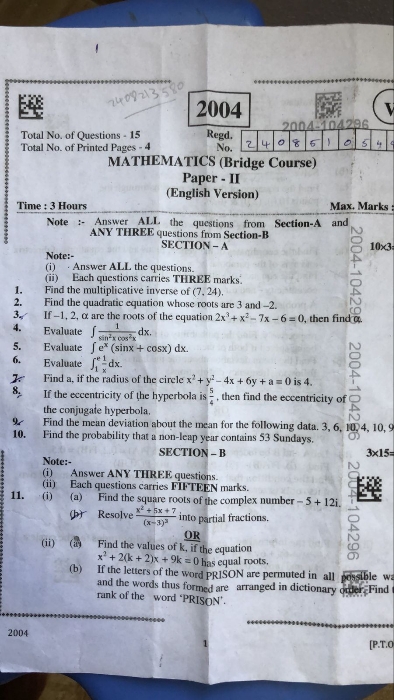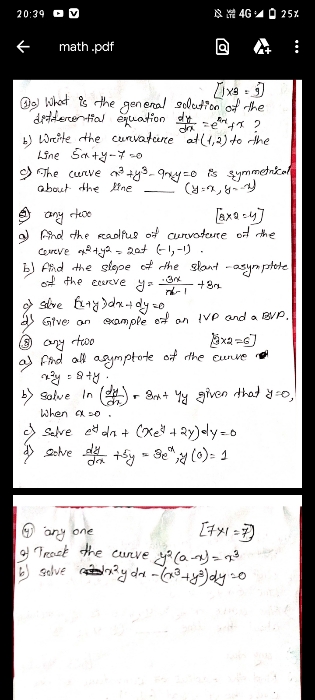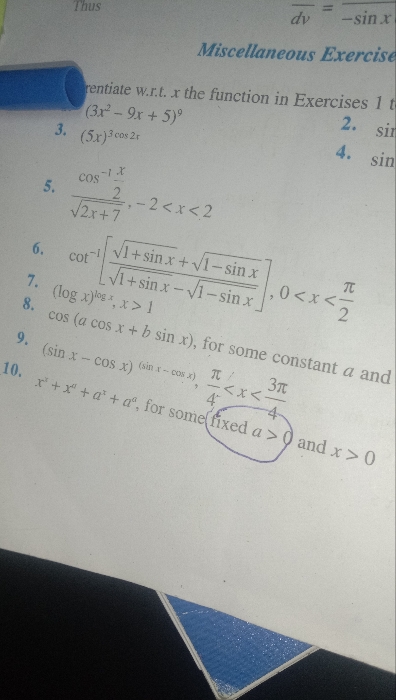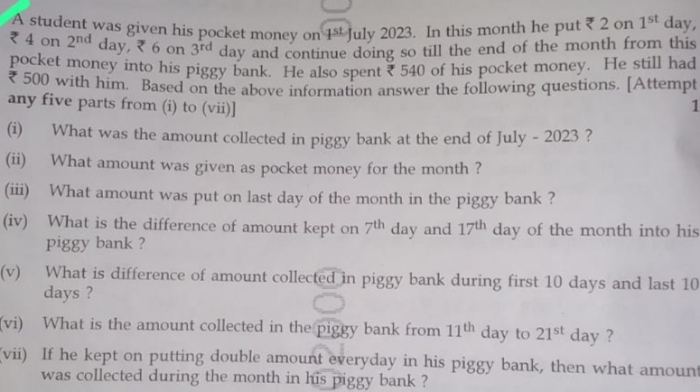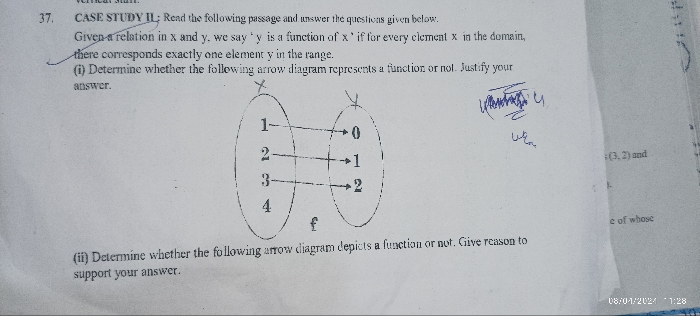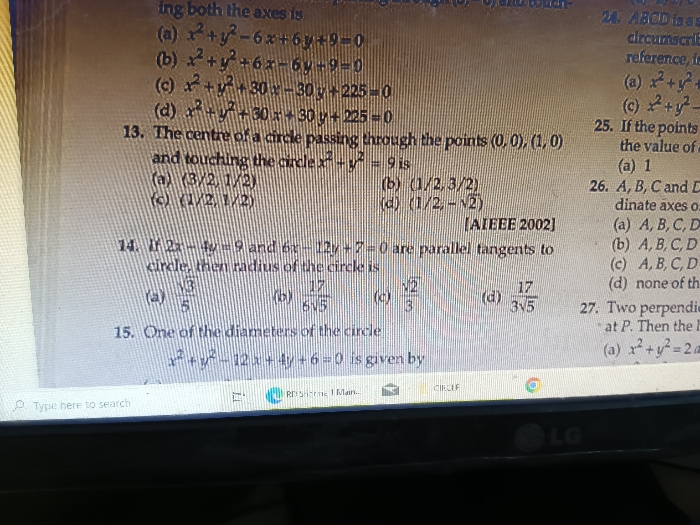CBSE Class 12-science Answered
x/1 = (y-1)/2 = (z-2)/3
Comparing with the standard parametric equation of line,
(x-x1)/a = (y-y1)/b =(z-z1)/c
We find the direction ratios, a, b, and c as 1, 2 and 3.
The image of the given point will be along a line perpendicular to the given line, and let's say it's direction ratios are a', b', c'
cos 90 = (a'+2b'+3c')/(a'2+b'2+c'2)14
a'+2b'+3c' = 0
a'/c + 2b'/c' = -3
a'/c' = -3 - 2b'/c' ......................(a)
Hence the equation of the line will be,
(x-1)/a' = (y-6)/b' =(z-3)/c'
The point of intersection of the two lines is the midpoint of the line segment joining the given point with it's image.
Let the image point be (α,β,γ) and the coordinates of the mid point be (p,q,r).
Then using section formula.
p = (α+1)/2; q = (β+6)/2; r = (γ +3)/2
α = 2p-1; β = 2q-6; γ = 2r-3;
To find the coordinates of the point of intersection, use the equation of given line.
(p)/1 = (q-1)/2 = (r-2)/3
p = (r-2)/3 and q = (2(r-2)/3) + 1 ................(1)
(p-1)/a' = (q-6)/b' =(r-3)/c'
p = (a'(r-3)/c')+1 and q = (b'(r-3)/c') + 6 ...........(2)
Equating p and q's from (1) and (2),
(r-2)/3 = (a'(r-3)/c')+1 ..............(3)
(2(r-2)/3) + 1 = (b'(r-3)/c') + 6 .......(4)
Use a'/c' = -3 - 2b'/c' from equation (a) in (3)
(r-2)/3 = ((r-3)(-3 - 2b'/c'))+1 ..............(5)
Multiply (4) by 2 and add to (5), we get an equation in r, solving which we find,
r = 5
Hence p = 1 and q = 3,
and α = 1, β = 0, γ = 7.
The image of the given point in the given line is, (1,0,7).
Regards,
Team,
TopperLearning.



